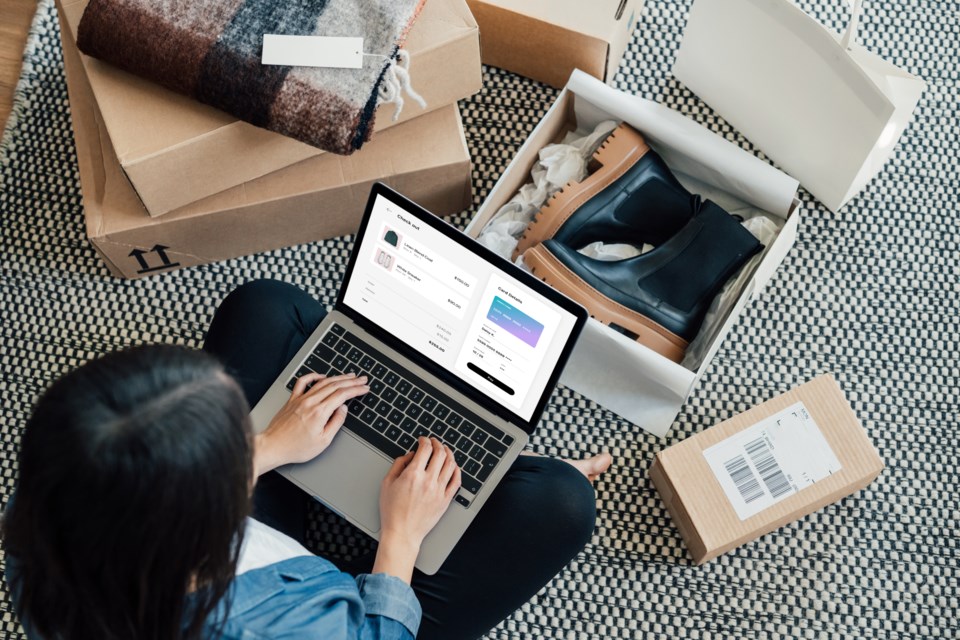Amazon and eBay are ubiquitous in the world of online shopping, but did you know the very first exchange of goods on the internet occurred when computer science students tried to buy weed online in 1971? E-commerce has come a long way in more than five decades. Giving Assistant researched the decades-long history of online shopping that enabled us to instantly order same-day delivery on Amazon Prime Day.
Technically, the first encrypted credit card transaction online happened in 1994. That news made it into the 1995 cyberthriller "The Net," where Sandra Bullock's hacker character orders a pizza over a primitive graphical user interface web browser: a brand new concept at the time. And over the last 30 years, encryption and e-commerce frameworks have grown more sophisticated to keep up with demand and consumer regulations.
In 2019, online business surpassed in-person general merchandise sales for the first time. Decades of history and groundwork helped everyone cope with the COVID-19 pandemic. Online shopping, both delivery orders of a variety of goods as well as a burgeoning ecosystem of curbside pickups paid in advance. Grocery stores, typically slow to change and with low profit margins, led the way in making consumers feel safer picking up their orders.
Read on to learn more about 10 landmark moments in online shopping, from eBay to Apple Pay.
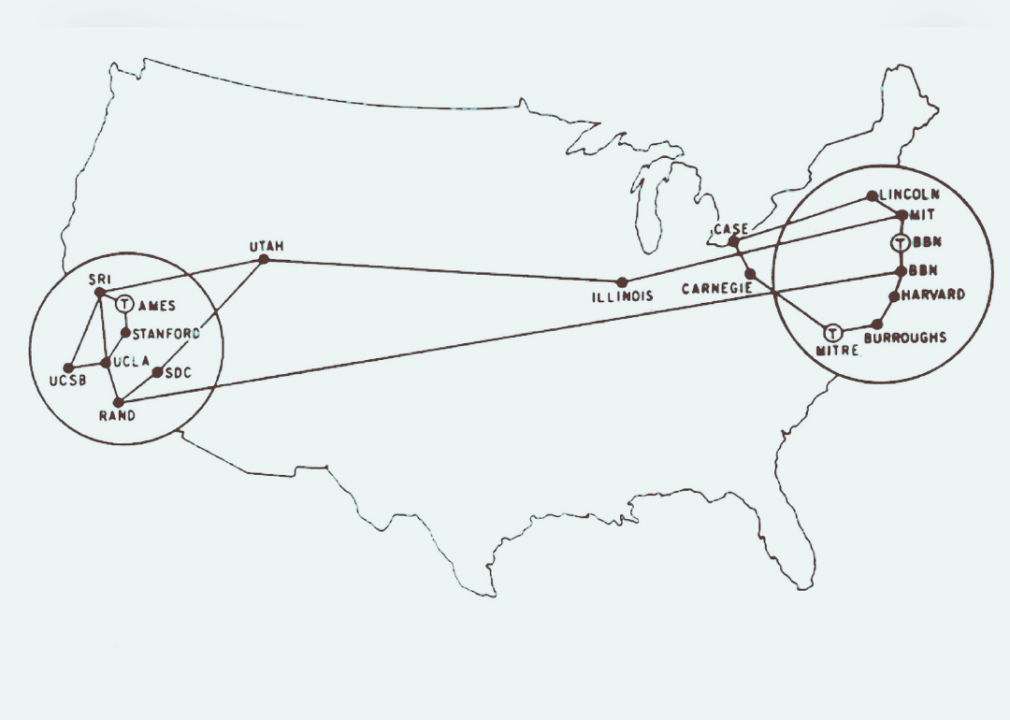
Apic // Getty Images
1971: Illegal drugs are sold on ARPANET
"Sold" is more symbolic here, as the infamous 1971 deal between Stanford and the Massachusetts Institute of Technology was not finalized or paid for over the Advanced Research Projects Agency Network. ARPANET is considered the earliest form of what became the internet, using technology like TCP/IP protocol that eventually formed the network architecture we still use.
The network also used packet switching, a term for breaking data into discrete packets that are exchanged back and forth to create the illusion of continuous data both ways. It was developed by the government but quickly expanded to include the computer science department at Stanford. The first stable release of the ARPANET we'd recognize was in 1971.
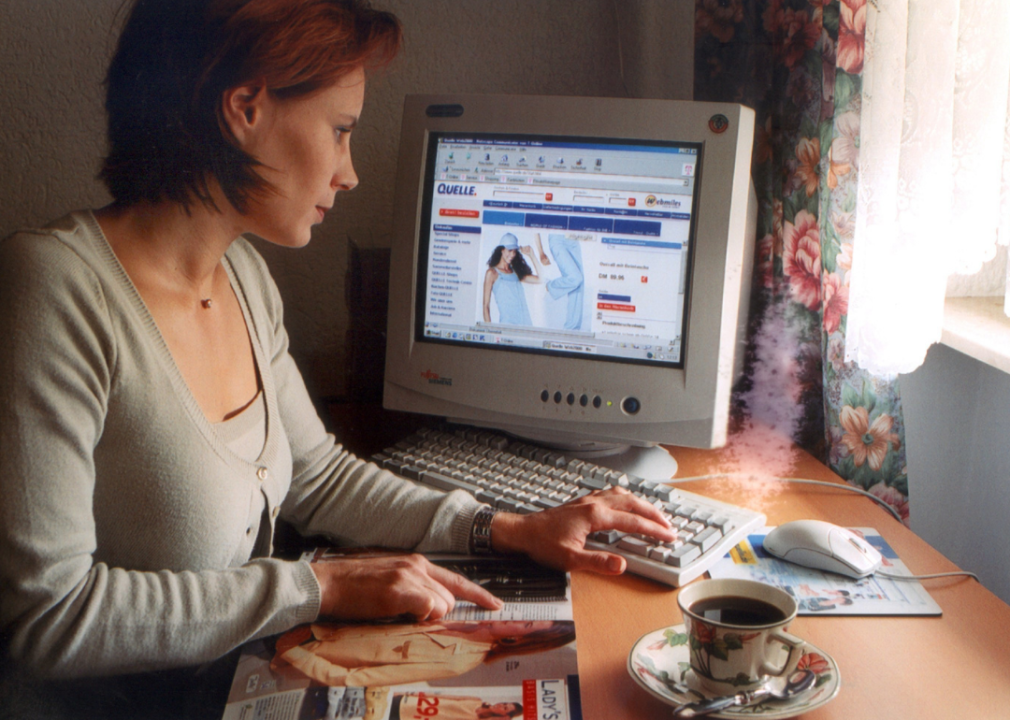
Fotoreport Quelle AG/picture alliance via Getty Images
1984: Online shopping invented
Elderly Jane Snowball was part of a cutting-edge computing experiment in 1984. In what's arguably also the first "smart TV," her television set was connected to a phone line, which enabled an interface she navigated with her TV remote. Snowball's local Tesco shop had enough of a page setup that she could connect and order groceries.
While the transaction was completed with cash, it's still considered the first true online shopping order. It's also an indication of how the wider spread of the internet some years later would revolutionize grocery shopping.

Wahoo // Shutterstock
1994: First encrypted retail transaction
After decades of "online shopping" that stopped short of a credit card transaction, the world's first encrypted retail transaction occurred in 1994. There are two competing stories as to which was first—separated by about a month—but both were in that same year.
Today, it's uncommon to see a URL without HTTPS indicating a secure connection, but that change happened over time and was certainly not the case in 1994. To encrypt credit card data in a secure transaction, you scramble it before sending it and know that the other party will be able to unscramble it into usable data. Encryption algorithms have grown more complex over time; today's computers would crack that 1994 transaction easily.
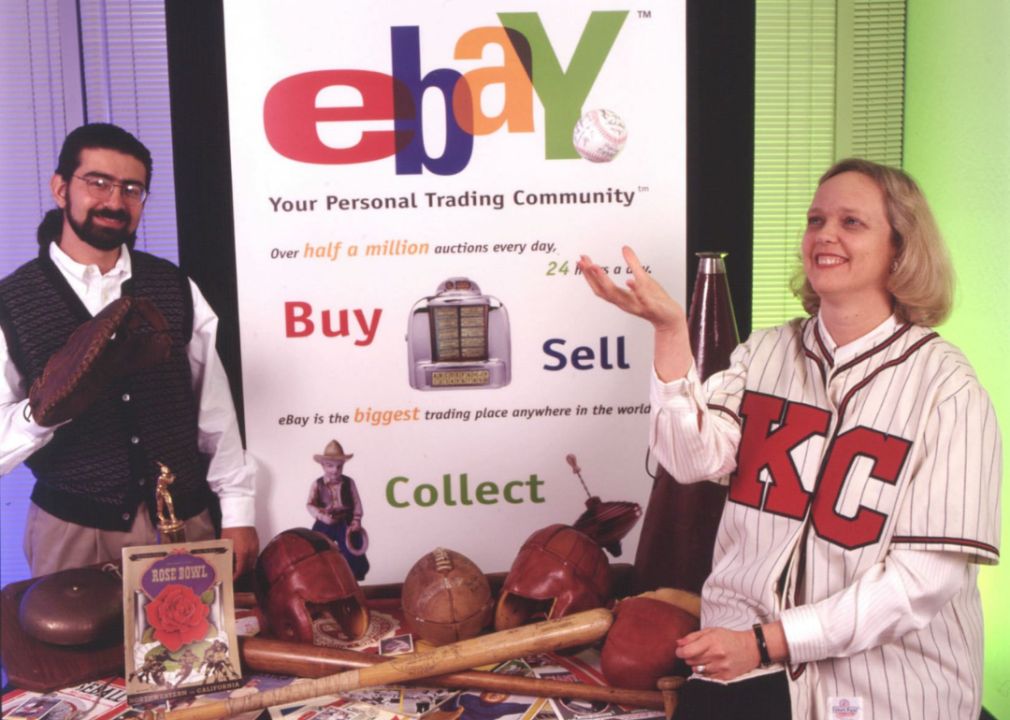
James D. Wilson/Liaison Agency // Getty Images
1995: eBay is launched
After the first secure transaction in 1994, some major projects followed to let consumers buy things online. eBay was one of the first in 1995, allowing users to buy and sell their items directly to other users (minus a user fee, of course). For a company like eBay to exist and foster trust online, it had to add a key layer in the form of responsive customer service.
eBay assumed a lot of risk by implicitly covering the question of trust when it comes to selling antiques, collectibles, and more. And from the annals of related consumer history, the true wild west of Craigslist came online shortly after in 1996.
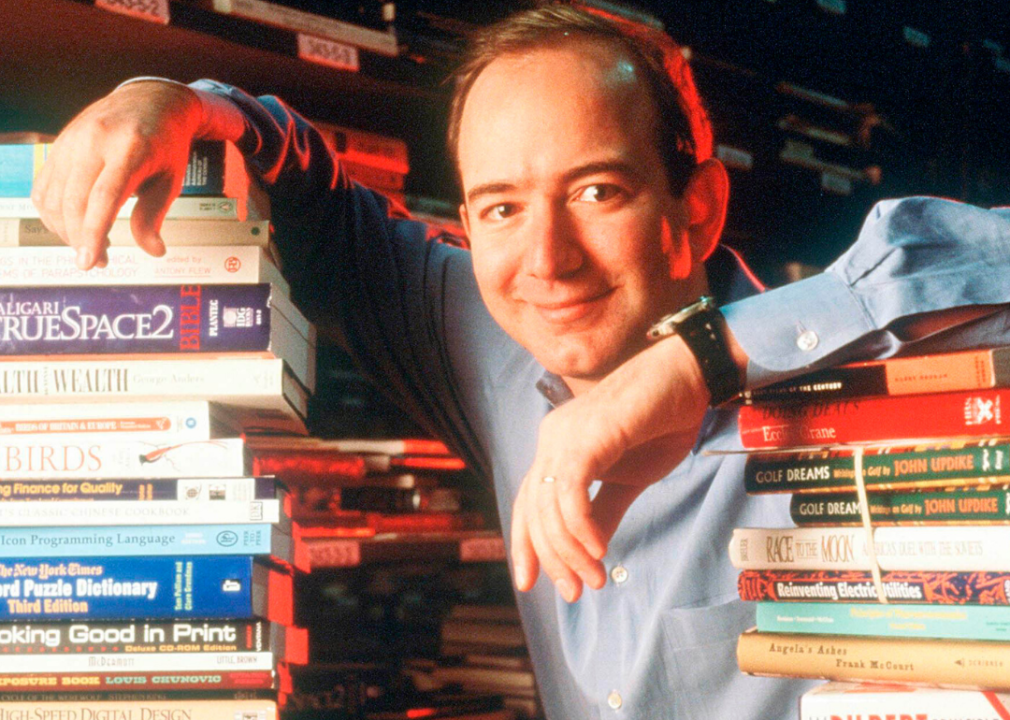
Paul Souders // Getty Images
1995: Amazon is founded
It's hard to remember now, but Amazon began as an online bookstore in 1995. Within several years, founder Jeff Bezos expanded to also sell music and movies. Amazon is one of the most instructive ways internet businesses have sought to "disrupt" traditional businesses.
The keystone of this strategy in the early years may have been free shipping on orders above a certain amount, something college students especially found irresistible when combined with the site's discounts. Amazon didn't report a profit until 2001, when it made just $5 million in one quarter.
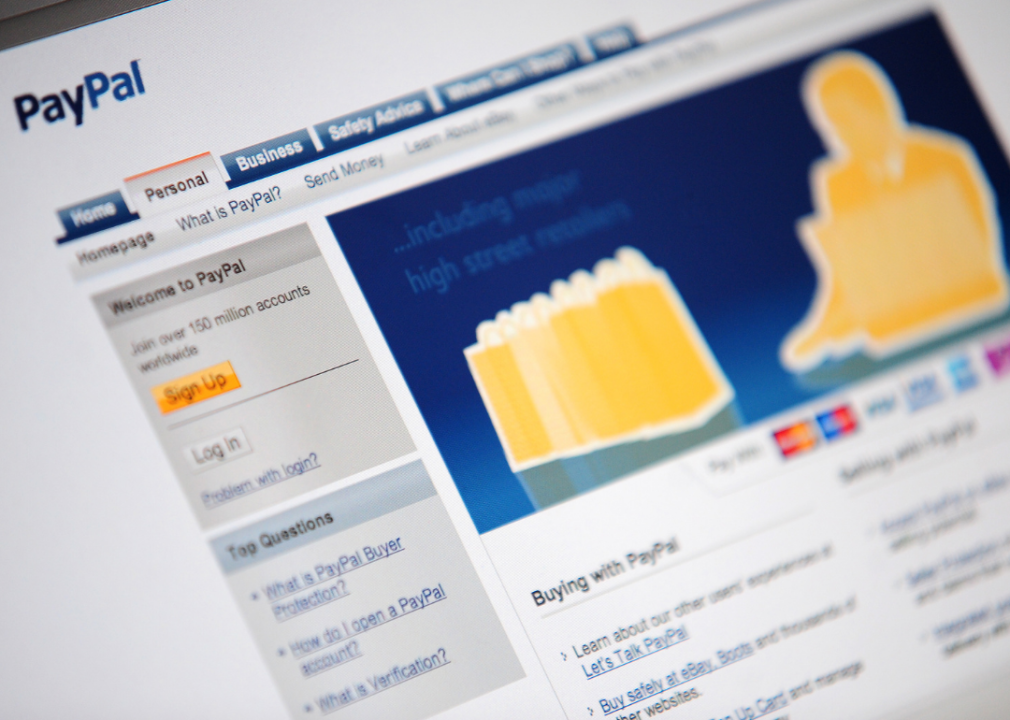
Andrew Matthews/PA Images via Getty Images
1998: PayPal is founded
PayPal wasn't called PayPal at first, but the company quickly focused on its identity as a kind of online wallet. Shoppers nowadays are used to websites building out e-commerce capabilities using templates from major providers like Squarespace.
But when PayPal was first online, it was a novel way to send money to anyone else with an account. That allowed a wave of independent providers, from online boutiques to web developers, to invoice and get paid online in a secure way. Today, PayPal has hundreds of millions of users worldwide.
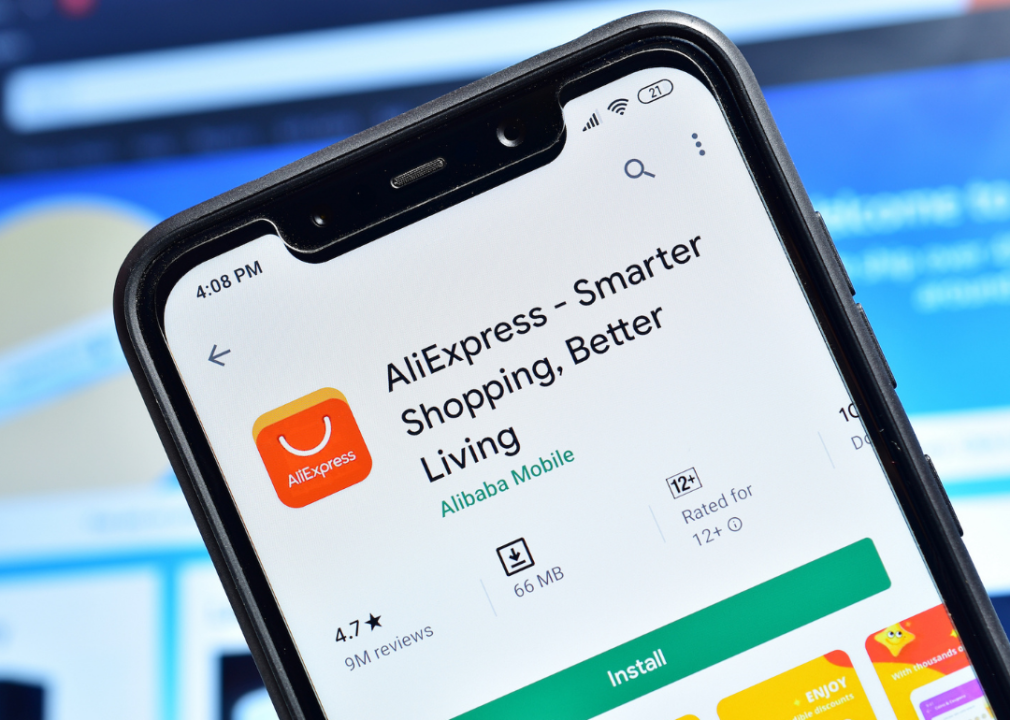
Funstock // Shutterstock
2010: AliExpress is launched
The launch of AliExpress marked the beginning of a new era of online shopping known as dropshipping. This business model positions a middle person between manufacturers and customers, allowing both selling and receiving goods. The middle person simply takes the orders, letting the manufacturer know where to send them. AliExpress operates like a massive online bazaar, where millions of products are sold from their own virtual stalls.
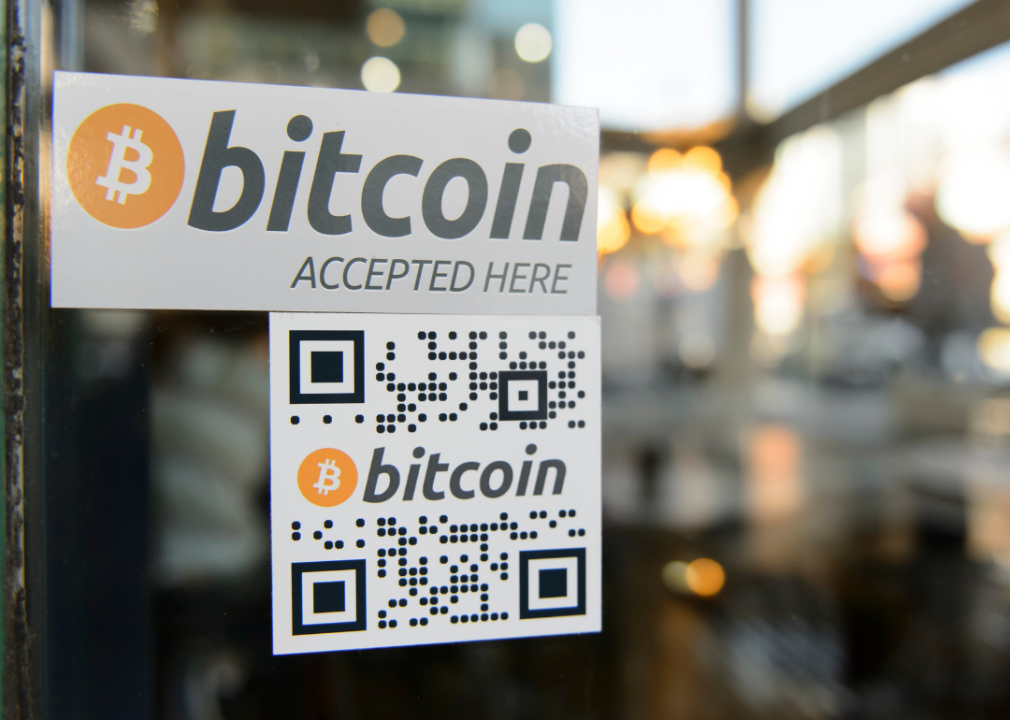
Christopher Morris/Corbis via Getty Images
Pizza Day 2010: Bitcoin is first used to purchase physical goods
Bitcoin is still elusive to many people, even after more than a decade in the public eye. It's a cryptocurrency, meaning it's virtual, decentralized, and processed by a computer working through complex mathematics taken from cryptography. In 2010, programmer Laszlo Hanyecz sought to exchange 10,000 Bitcoin—valued at about $41 at the time—for two pizzas. That meant finding someone who would accept the Bitcoin transfer and implicitly turn that into cash, which was paid to a local Papa John's. Bitcoin soared in popularity in 2017, with many pizza places today now accepting crypto payments directly.
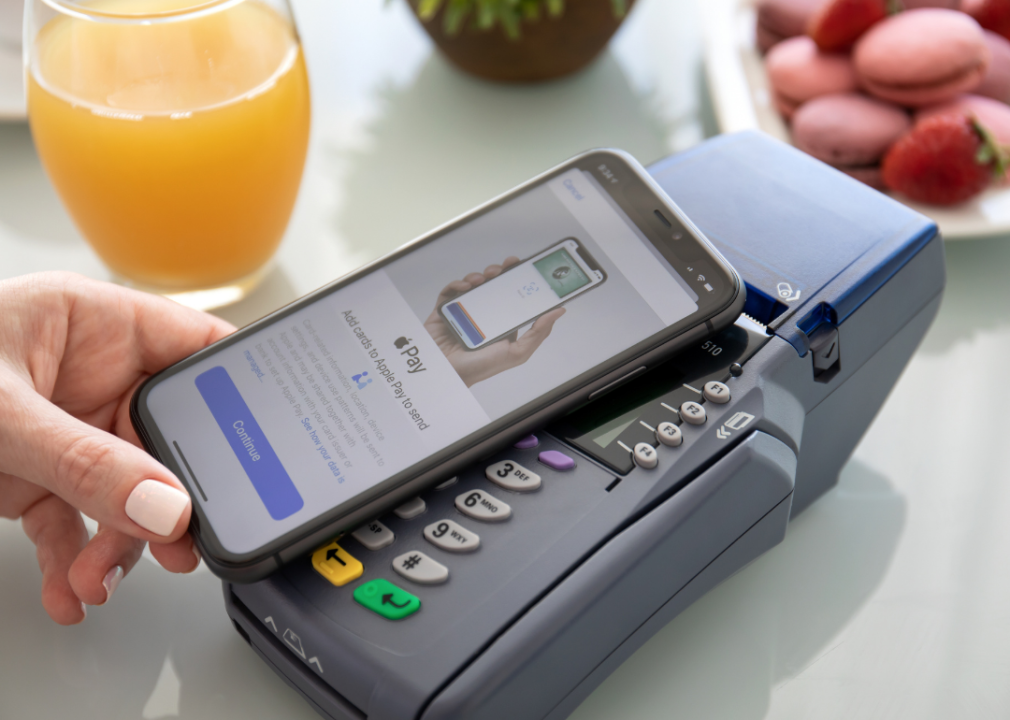
DenPhotos // Shutterstock
2014: Apple Pay launched
Apple has long led the way in revolutionizing consumer tech, from its game-changing iMac G3 in 1998 and the iPod in 2001 to the now-ubiquitous iPhone and Apple Watch. Apple Pay marked another of the company's moves to transform how consumers pay for goods. The technology uses a principle called near-field communication, essentially creating a tiny forcefield around an iPhone or Apple Watch to trigger a waiting scanner, such as a point-of-sale terminal.
Apple billed Apple Pay as a contact-free way to be able to leave your wallet at home. Other companies such as Google and Samsung followed with their own apps. The idea for mobile payment became more appealing during the COVID-19 pandemic, leaving one fewer thing to be disinfected regularly.
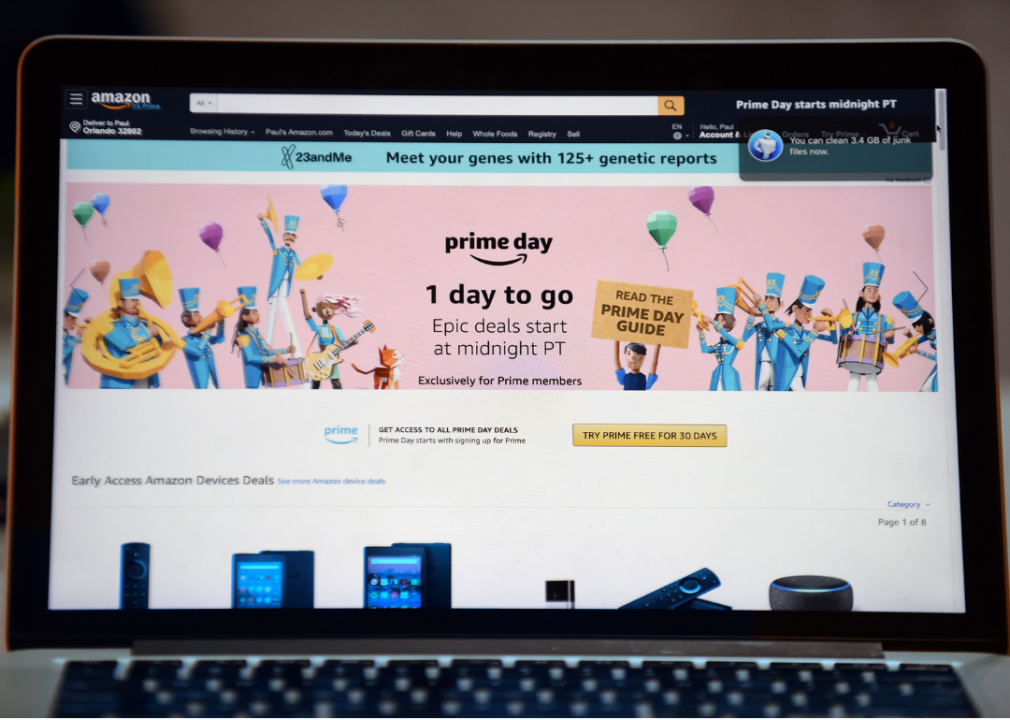
Paul Hennessy/NurPhoto via Getty Images
2015: First Amazon Prime Day
Amazon Prime has been a massive boon for the online retailer, with customers paying a membership fee each year in exchange for free, fast shipping and access to Prime Video and other services. In 2015, the e-tailer behemoth launched Prime Day, an aspiring shopping holiday where Amazon lines up limited-time deals as well as large sales. Perhaps not coincidentally, Amazon acquired timed-deals pioneers Woot in 2010.
Prime Day's "sell it till it's gone" ethos is just like the long-running tradition of "Woot-Offs," special events where Woot worked to clear its shelves of accumulated goods. While Prime Day has traditionally occurred in July every year, Amazon has begun mulling over the idea of multiple "themed" Prime Days throughout the year. In 2022, for example, there was a July Prime Day, and a holiday preview Prime Day will occur in the fall.
This story originally appeared on Giving Assistant and was produced and distributed in partnership with Stacker Studio.
